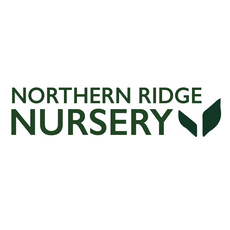Grow a Fragrant Oasis: 7 Essentials for Creating a Scent Garden
Embark on a sensory journey as you transform your garden into a fragrant oasis. From choosing the right plants to understanding the subtleties of layout and care, these seven essentials will guide you through creating a scent garden that delights all year round.
1. Selecting the Right Plants
Choosing plants for your scent garden is about more than just picking the most fragrant varieties; it’s about understanding which scents appeal to you and how these plants perform in your local climate. Consider the following:
- Seasonal Blooms: Select plants that offer varying bloom times throughout the year for a continuous supply of fragrance.
Popular choices include Lavender, Jasmine, Gardenia, and Lilac. Each of these brings unique perfumes as well as aesthetic value to your scent garden.
2. Designing for Continuity and Contrast
Design is critical when establishing a scent garden. The goal is to create a harmonious yet intriguing sensory experience. Consider the following design principles:
- Layering: Position plants with varying heights and spread to maximize space and impact.
Paths and benches can be strategically placed to guide visitors through your garden, encouraging them to pause and appreciate the fragrances.
3. Focusing on Soil Health
Healthy soil is the foundation of any flourishing garden. For a scent garden, ensuring that your soil is well-prepared can significantly affect the intensity and longevity of your plants' fragrances. Key considerations include:
- Soil Type: Most fragrant plants prefer well-draining soil. Amend clay soil with compost or choose plants suited for heavier soils.
4. Irrigation Strategies
Water is essential, but over-watering can as easily damage plants as under-watering. Develop an irrigation strategy that meets the specific needs of your scent garden:
- Drip Irrigation: Consider installing a drip irrigation system for efficient watering that keeps foliage dry and disease-free.
5. Pest Management
To ensure your garden's health and longevity, adopt integrated pest management (IPM) practices:
- Preventive Care: Choose disease-resistant plant varieties and keep your garden clean of debris.
6. Seasonal Maintenance
Regular maintenance is crucial for the sustained success of any garden, particularly a scent garden. Seasonal tasks might include:
- Pruning: Prune regularly to promote healthy growth and abundant flowering.
7. Enhancing Your Garden with Non-Plant Elements
While plants are the stars of your scent garden, non-plant elements can enhance the visitor's experience:
- Lighting: Add soft garden lighting to make your garden inviting at night and highlight scented areas.










